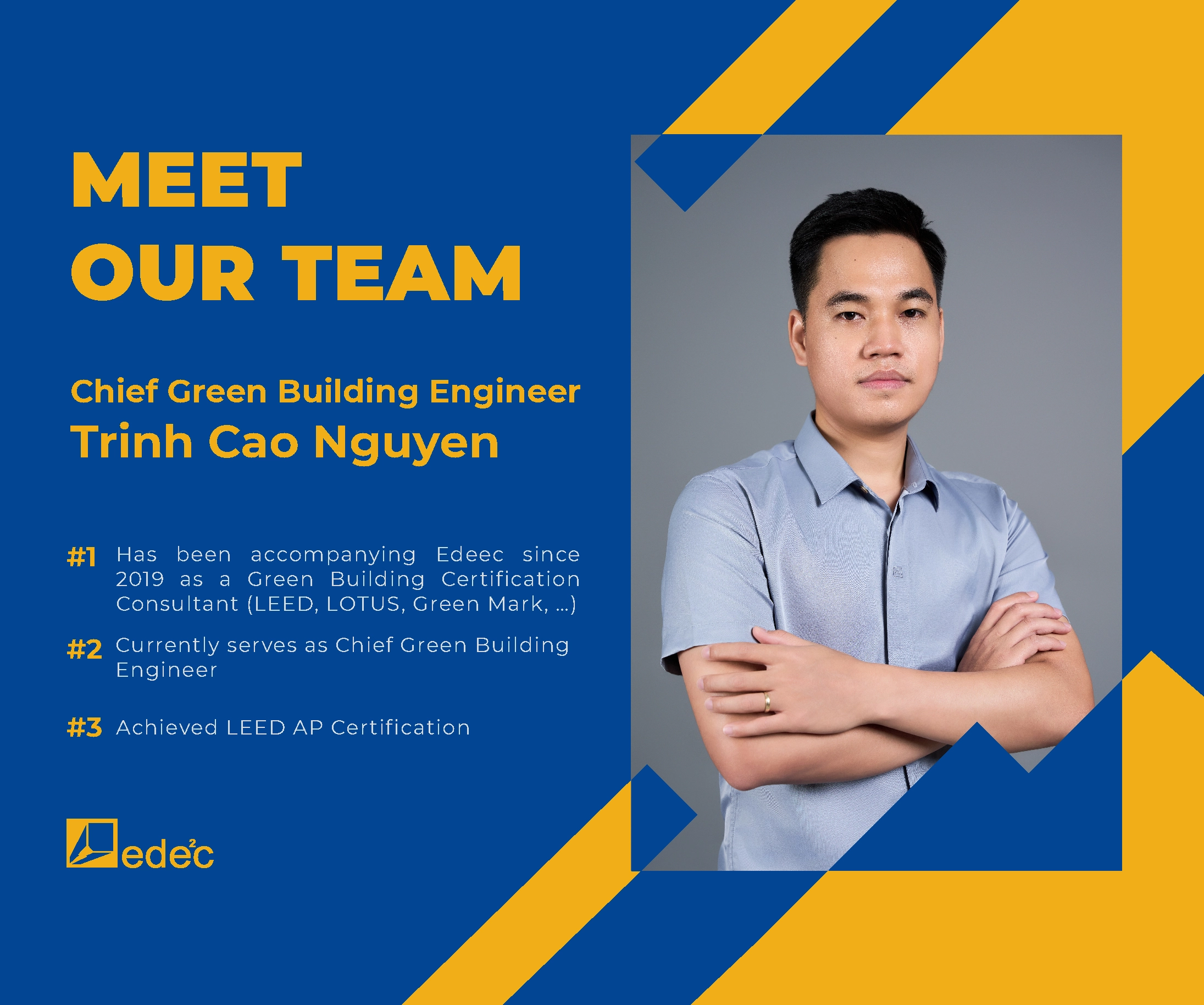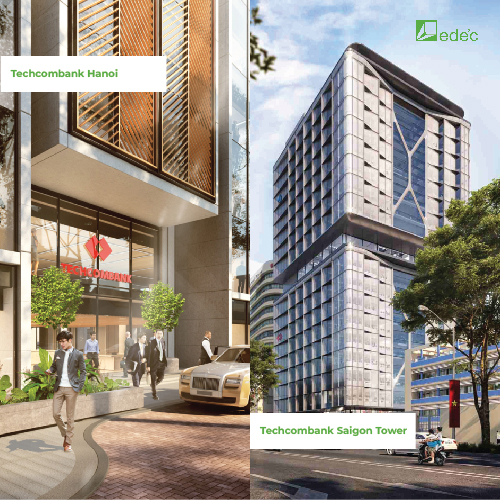RESOURCES
What do homeowners get when applying green elements in the design?

Modern facades of green buildings today often account for up to 80% of energy-saving glass (Image source: eco-business)
“What will I and my family get when applying green elements in the design?” is probably the most frequently asked question architects ask when doing green buildings.
The more developed the society, the higher the human needs. The housing design with green elements can only be achieved by putting the owner’s living comfort first, thereby the energy use would be reduced.
In fact, energy for houses in Vietnam accounts for 90% of building energy sector output. Green buildings will contribute to reducing CO2 emissions and decrease the need to build power plants on a national scale, thus keeping the international commitment to the reduction of greenhouse gas emissions.
Most green certificates appear in projects with large investments, especially with certificates that have confirmed international levels such as LEED, EDGE, HQE, and in the country such as LOTUS. So, where are the small and medium projects? In the case of not applying the entire green certification system, architects and homeowners only apply a few green factors, which factors should focus on?
And the question that perhaps the most frequently asked architect from the homeowner: “What will I and my family gain when applying green elements in the design?”
Revolving around the green story for small and medium projects, Realtimes had an interview with MSc. Architect Tran Thanh Vu – Chairman of Vietnam Building Performance Simulation Association (IBPSA-Vietnam). Mr. Vu said that, in order to convince investors of small and medium-sized projects to agree to participate in the design plan with green elements (not necessarily having a certificate), architects need to point out the “direct” benefits of the investor for each specific case.
Therefore, the approach to small and medium-sized projects will be different from large projects to bring green elements into life.
It is necessary to prove it with scientific data. And when the forecast calculations match the actual measurements, the potential for calculating works still under design is huge. From here a new direction in the design of houses or small projects can be opened. For the average building, energy costs will be the next concern because the building is both a home and a house for lease. All of these problems will be predicted by numbers instead of just empirical estimates as before.
MSc. Architect Tran Thanh Vu analyzed: “With large projects, public works in the form of offices, hotels, hospitals, etc., the operating costs will be large amounts of money. So, when consulting to deal with this problem, often get due attention, and real estate businesses have greater investment considerations for energy-saving practices. For small and medium-sized housing, green certification is often not a concern for homeowners in Vietnam because of low electricity price, investments in renewable energy and reduced-use design often have a very long payback period.”
Accordingly, MSc. Architect Tran Thanh Vu said that campaigning to design energy-saving buildings to reduce about 500,000 VND or even 2 million VND per month could hardly bring investors to green elements in the design. However, back to the original question, what is the “direct” benefit for the homeowners when designing a building with green elements? It is thermal comfort.
A building with good insulation that reduces the temperature from 35 degrees Celsius to less than 30 degrees Celsius at the hottest time of the year will make the value of the building skyrocket, but it is not easy to assess it. Only those who have experienced these constructions can understand its value.
In addition, MSc. Architect Tran Thanh Vu also said that it is not automatically that Vietnamese people still love French-designed and-built houses in Indochina. But how few people experience the feeling of living in it, the feeling of “negative” coolness indoors when the hotness outside “fires” always impresses those who have tried it. It is completely different from the feeling of using the air conditioner in a house with many glass doors with thin walls. This feeling can only be obtained when the interior wall surfaces of the building are cool enough, radiant heat from the skin surface is transmitted directly to the wall surface.
Unfortunately, the design of French-style buildings in Indochina only stops at imitation of form, and the greatest value is thermal comfort, which is much more difficult to implement. This happens for many reasons, the first of which is the high price of land, making it difficult to build walls up to 600mm or even 800mm thick as before.
Source: Realtimes.vn






